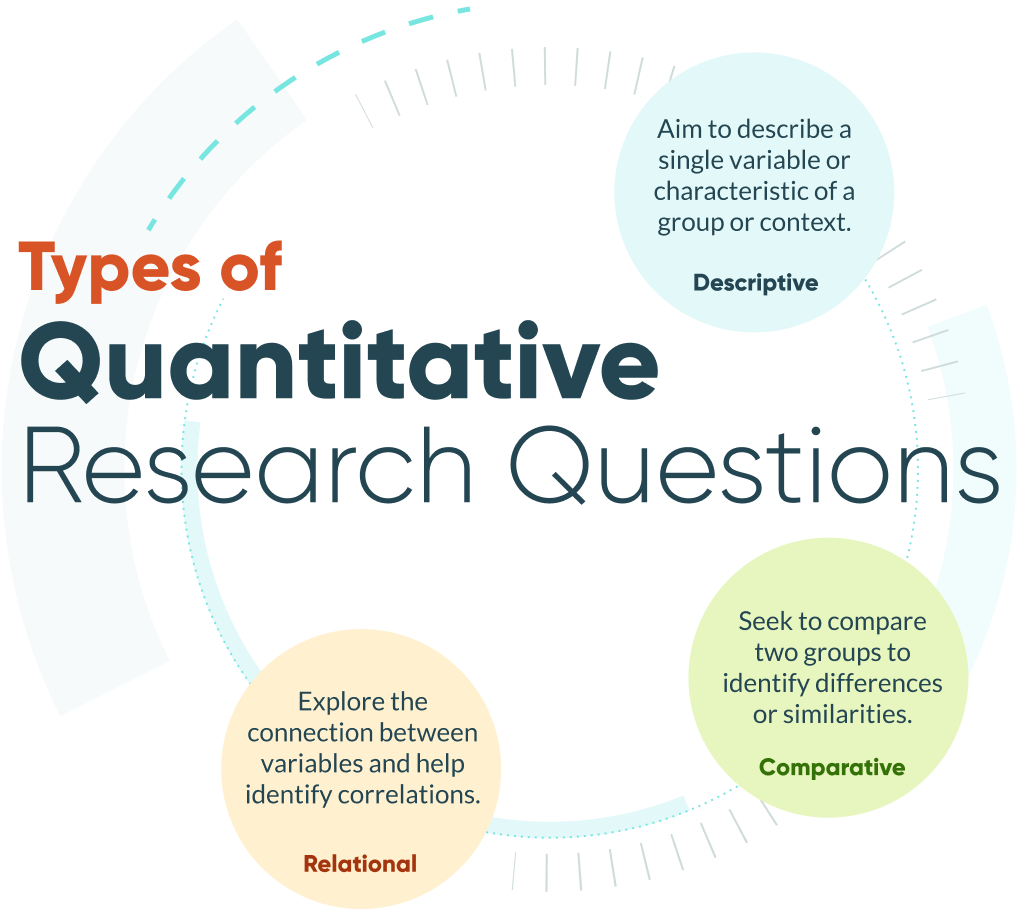Data and analytics are just a bunch of numbers until you ask the right questions. Well-designed quantitative research questions are your north star to reliable, actionable data.
Whether a small business owner studying customer preferences or a product owner evaluating future development, you are constantly seeking ways to validate your hunches and measure outcomes.
Quantitative research is a powerful method for gathering objective data and insights. By collecting numerical information about opinions, behaviors, and trends, you can gain a clearer understanding of your target audience or product.
In the world of data-driven decision making, understanding how to formulate effective quantitative research questions enables you to collect the right data to fuel growth.
Understanding Quantitative Research Questions

Quantitative research questions aim to gather numerical evidence for detecting patterns, trends, or relationships between variables. They often begin with phrases like “How many …,” “What percentage …,” or “How much …,” focusing on quantities, frequencies, or relationships that can be counted or statistically analyzed.
Unlike qualitative questions, which explore reasons, experiences, or opinions, quantitative questions yield objective data (numbers and percentages) that you can chart and analyze.
These questions form the backbone of statistical analysis, providing concrete evidence to support informed business decisions.
They typically:
- Yield data that can be represented numerically
- Allow for statistical analysis
- Provide measurable outcomes
- Enable comparisons between groups or variables
To understand customer preferences, measure employee satisfaction, track performance metrics, or evaluate the success of initiatives, quantitative research questions are the most effective approach.

Understanding Your Research Goals for Data Analysis
Before crafting any questions, start by defining what you need to learn. By forming your goal in the form of a question, you can discover ways to answer that question. Different goals require different types of quantitative questions.
Descriptive questions
Descriptive questions aim to describe a single variable or characteristic of a group or context. They help establish baseline information about your audience and describe what exists.
Example: What is the average completion time for your onboarding process?
These questions help you understand the “what” of your research subject. They’re particularly useful when you need to establish facts about your market or organization.
They give you a snapshot of reality by answering questions about:
- Demographics (who your customers or employees are)
- Usage patterns (how people interact with your products)
- Key performance indicators (basic metrics about your operations)
- Current states (what the situation looks like right now)
Comparative Questions
Comparative questions seek to compare two or more groups. They help identify differences or similarities between segments of your audience.
Example: Is there a significant difference in satisfaction levels between users of our basic plan and those of our premium plan?
These questions are valuable when evaluating how different groups respond to your products, services, or initiatives.
They help you understand differences and similarities by addressing:
- Benchmarks and standards - how your performance stacks up against others
- Changes over time - how things have improved or declined
- A/B comparisons - which of the two options performs better
- Comparative KPI’s - how different segments, products, or strategies stack up against each other
Relationship-based questions
Relationship-based questions explore the connection between variables. They help identify correlations or causal relationships.
Example: What is the correlation between customer support response time and overall customer satisfaction?
These questions are powerful for identifying factors that influence important metrics in your business, allowing you to focus on what truly matters.
They uncover connections and influences by analyzing:
- Cause and effect dynamics (what factor is likely influencing another)
- Correlations (how two or more variables move together)
- Dependencies and conditions (how one outcome depends on another situation or behavior)
- Drivers of behavior or performance (what’s behind the trends you’re seeing)
Keeping the goal in mind will ensure your quantitative questions are structured in the right way to deliver the answers you’re after.
Where to Find the Data You Need
The research question represents the gap in knowledge you’re trying to fill. To obtain the answers to your research questions, explore these key resources:
- Analytics and existing data (website and app analytics, sales and financial records, customer support records)
- Direct user interactions (surveys, interviews, usability testing)
- Market and competitive research (competitive analysis, industry reports)
- Experimental methods (A/B and multivariate testing, split testing of marketing messages, early concept validation)
- Social listening (social media monitoring, review site analysis)
No single data collection method provides a comprehensive view of the entire situation. Use multiple sources to strengthen your findings.
A Comprehensive Research Approach
Question: What factors influence customer retention in our software service?
- Survey current and churned customers about satisfaction drivers.
- Analyze usage patterns from product analytics to identify potential churn.
- Conduct exit interviews with recently churned customers.
- Review support ticket trends for common pain points.
- Compare your retention rates with industry benchmarks.
- A/B test retention initiatives with different customer segments.
- Analyze social media and review sites for mentioned issues.
Empowering Better Decisions with Smart Data Collection
When quantitative research begins with asking the right questions, it ends with taking meaningful action.
Whether you’re trying to uncover usage trends, compare user groups, or understand key relationships that drive customer behavior, strong research questions provide the clarity and direction you need.
At Cognito Forms, we empower you to turn these questions into data-backed insights. Our powerful form-building, data collection, and Workflow tools help you design surveys that capture the exact information you need.
By combining thoughtful research design with intuitive tools, you’re not just collecting numbers. You’re uncovering the story behind them. The more precise your questions, the more actionable your insights will be.

